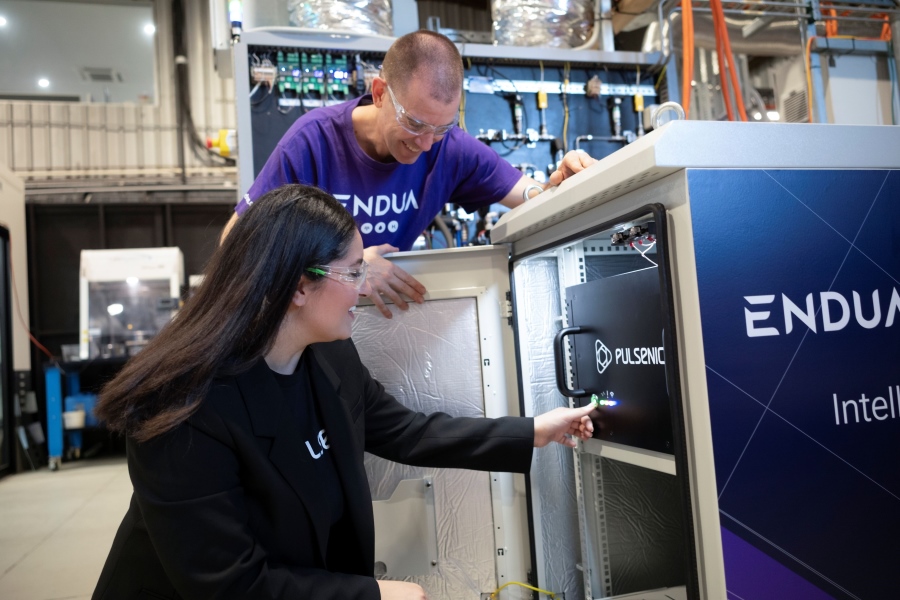The project connects hydrogen electrolyser stacks directly to solar farms, bypassing the grid entirely and eliminating infrastructure costs.
The collaboration marks the first commercial use of AI-driven electrochemical impedance spectroscopy (EIS) in green hydrogen production. Pulsenics’ proprietary Pulse Probe hardware has been integrated with Endua’s hydrogen electrolysis stacks to enable real-time monitoring under highly variable solar conditions. This breakthrough offers hydrogen producers greater reliability, predictability and cost efficiency by providing continuous insights into performance, degradation and uptime.
“Green hydrogen can compete with other energy technologies when we use the world’s cheapest power,” said Pulsenics COO and Co-Founder Mariam Awara. “Pulsenics will close the knowledge gap between renewable inputs and electrolyser performance to help optimise hydrogen plants for real-world conditions.”
Continuous monitoring also supports data-driven agreements between hydrogen producers and OEMs, helping to de-risk investments and performance guarantees.
“Industrial hydrogen users want to create their own supply on-site, and they need guarantees on performance and uptime,” added Endua CEO Paul Sernia. “AI analytics from Pulsenics helps us to offer the latest high-performance technology and deliver on these promises to our customers.”






